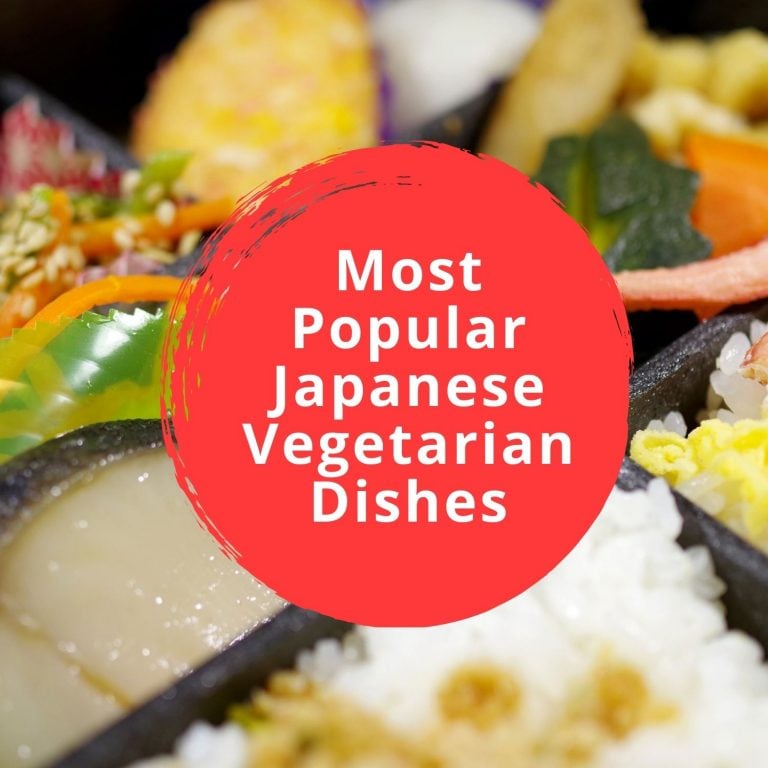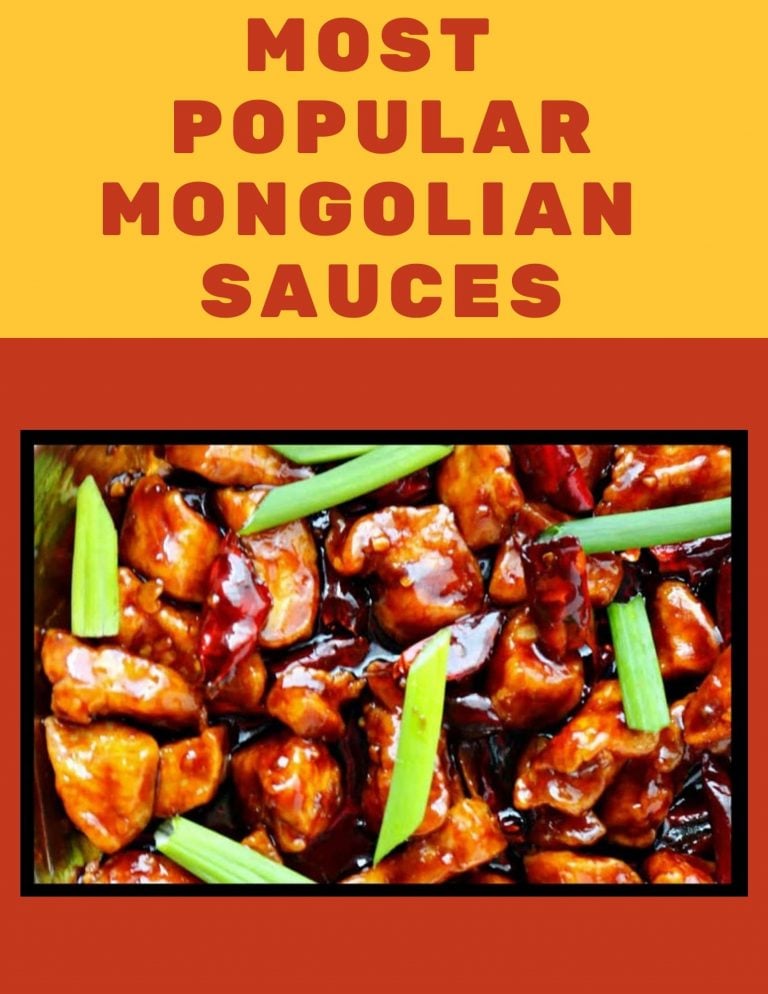10 Different Types Of Miso With Images

Miso is a Japanese condiment that has been used for centuries (the word perhaps originated in Korea). Miso is made with fermented soybeans, salt, and koji (the fungus Aspergillus oryzae), as well as rice, barley, seaweed, and other ingredients. It results to a thick paste that can be utilized to make sauces and spreads, pickle vegetables, fish, or meats, and make miso soup by mixing it with dashi soup stock. This is staple in Japanese cuisine. Miso is a high-protein, vitamin-and-mineral-rich seasoning. In feudal Japan, miso was a significant source of sustenance. Miso is still commonly used in Japanese cuisine, both in traditional and modern, and has been attracting worldwide interest.
Basically, miso is a fermented soybean paste, that is salty, but the aroma and flavor depends on the ingredients, and fermentation process. Miso has been described as salty, sweet, earthy, fruity, and savory in different kinds. Miso paste is sometimes sold as a replacement for miso. In this article, we will discuss about the different types of miso that are available at Asian stores, Japanese supermarkets, or health food stores. If you want to learn more about Miso, scroll down and keep reading.
Types Of Miso
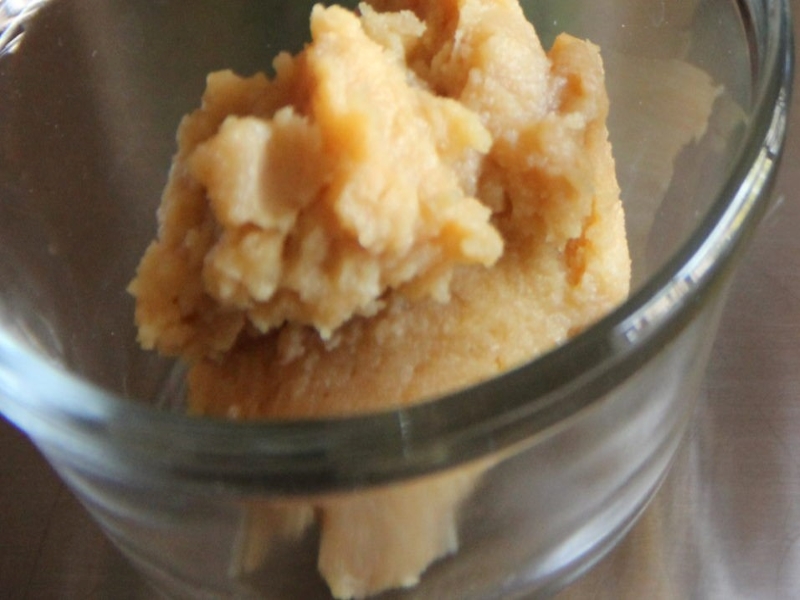
White Miso
Also known as Shiro miso. This is the most generally distributed miso is white miso, which is made in several parts of the country. Rice, barley, and a tiny amount of soybeans are the key ingredients in making white miso. The shiro miso would turn red or brown if there were more soybeans added. White miso or shiro miso has a short fermentation period than red miso. The umami is mild or light, and the flavor is mildly sweet as compared to red miso.
Generally speaking, white miso is created from fermented soy beans and a high amount of rice koji, giving it a mild, somewhat sweet flavor. White miso is an Kyoto delicacy and famous in Japan because of its smooth flavor, which makes it ideal for desserts, soups, salad dressings, and fish marinades.
White miso is also used as a pickling agent for miso-zuke, but only pasteurized varieties of the miso are used. It has the largest carbohydrate content and the lowest salt content of any miso, and its color ranges from yellowish white to medium yellow. Though it can be a little thick at times, it is generally smooth. White miso may not be as shelf-stable as other miso varieties since it is made quickly. The high sugar content causes it to ferment quickly.
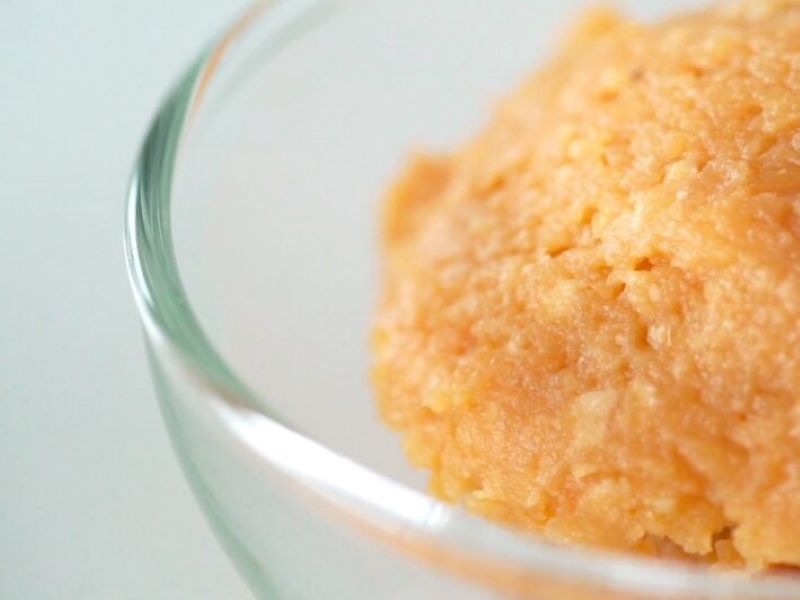
Yellow Miso
Also known as Shinshu miso. This yellow miso originated in Nagano, Japan. It is similar to a lighter, less salty, tangier Sendai red miso. In its current form, shinshu miso is usually a smooth, golden to yellow-brown miso with a faint aroma and a mellow, somewhat acidic flavor that is swiftly made. Yellow miso contains less salt than red miso. Basically, yellow miso has a lower salt and protein content than other miso varieties. This form is used in a lot of modern quick-misos, and some of them contain coloring, flavoring, or preservative ingredients.
Yellow miso or shinshu miso is a milder version of white miso that has been fermented for a little longer. It comes in a wide variety of colors. Yellow miso ranges from light yellow to light brown and may be used in a variety of dishes, from soups to glazes.

Red Miso
Also called Aka miso. Red miso is prepared from soy beans, barley, and other grains and fermented for a long time to give it a mature, umami-rich flavor. As a result of the Maillard reaction, the color progressively shifts from white to red or black, earning it the label red miso. The flavor has a saltiness and astringency to it, as well as umami. Generally speaking, it has a pungent flavor. It’s usually a considerably more potent miso. The formula of the soybeans and the amount used are also factors in the color depth. Soybeans that have been steamed have a darker miso color than those that have been boiled.
Aka miso works well in heartier meals like rich soups braises, poultry marinades, and glazes. Use lightly because it can easily overpower gentler ingredients.
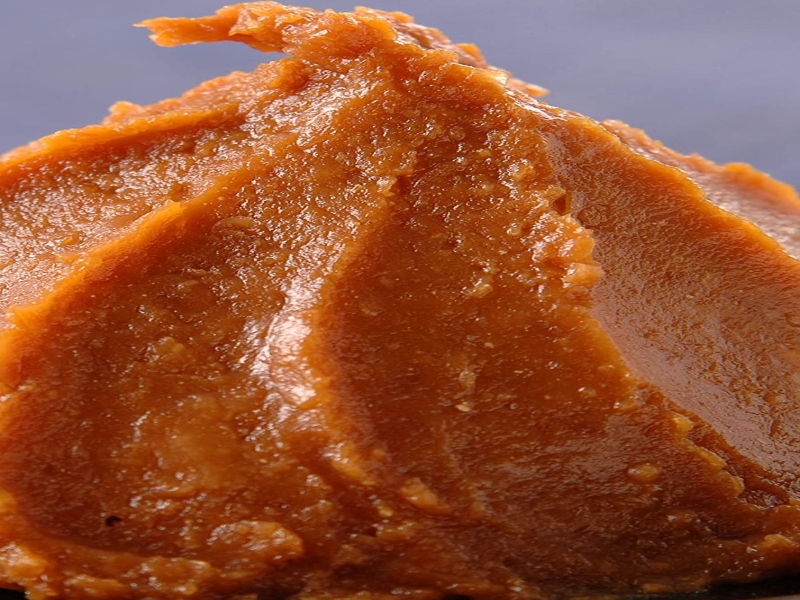
Awase Miso
Also known as mixed miso. Awase miso is a mixture of red and white miso pastes. Because it combines the mild sweetness of white miso with the richness of red miso, awase miso is one of the most adaptable miso types. Awase miso perfect for any type of Japanese cooking.
It is both a touch sweet and a bit harsh. Make an Asian-inspired aioli or substitute it for the white miso in this marinade. You also have the option to serve it with a teriyaki dipping sauce and roasted Brussels sprouts. Your visitors will definitely love it if you ae having a gathering party.

Mugi Miso
Mugi miso is also called barley miso. Mugi Miso is a classic type of miso that was once more popular but has recently experienced a comeback, particularly in North America, where it is regarded as a “health food”. It is created from barley, soybeans, koji culture, and salt in most cases. Rice may be included in some variations. It has a strong, earthy scent and is robust, highly bodied, and salty. The color of miso varies from deep reddish-brown to a dark chocolate-brown depending on how long the fermentation takes. Traditional methods, such as a long fermenting period, are still used to make Mugi miso, usually up to 3 years.
The rich flavor of mugi miso, which is popular in Japan’s southern regions, is excellent for traditional miso soup or as a spice for vegetables.
Varieties Of Mugi Miso
Barley Miso or Karakuchi Mugi Miso
This is the most common form of barley miso, made using either polished or unpolished barley grains, and it’s what’s used in most recipes calling for barley miso. The flavor is salty and rich, but it’s also pleasantly sweet.
Mellow Barley Miso or Amakuchi Mugi Miso
This type of mugi miso is sweeter and mellower than regular barley miso, but not as sweet or gentle as mellow rice miso, such as sweet red or white miso. Unlike the traditional barley miso, this sweet miso variation is fermented and aged in a short amount of time.

Mame Miso
Also known as Soybean miso. This type of miso has a darker, reddish brown color than kome miso. Mame miso is not as sweet than most miso varieties, but it does have some astringency and wonderful umami. This soybean miso needs a lengthy maturation period. Mame miso is primarily consumed in Aichi prefecture, as well as parts of Gifu and Mie prefectures.
Mame misos are produced totally or mostly of soybeans, with no added grains or only a little amount of grains. Black miso (kuro miso) refers to the darkest and most potent variety, whereas Sanshu miso refers to a wide range of varieties. Mame miso is a strong, salty miso that is frequently diluted in marinades or mixed with other miso kinds. Hatcho miso is the most well-known type.
Varieties Of Mame Miso
Hatcho Miso
This dark brown miso is aromatic, faintly sweet, rich taste, savory flavor and somewhat acidic, making it one of Japan’s most recognizable and popular types. It is aged for a long amount of time, usually around 16-24 months, though a younger 12-14 month variation with a milder flavor is also available. Hatcho miso koji, interestingly, is manufactured with a separate and unique mold species (Aspergillus hatcho). Hatcho miso is particularly thick due to its extremely low water content.
Ichinen Mame Miso
This miso is made in a manner similar to hatcho, but with two significant changes. The aging time is cut in half, and the koji is made using the normal Aspergillus oryzae mold. It has a flavor that is comparable to hatcho miso, but it is softer, lighter in color, and has a less creamy texture. Due to its larger water content, it is also softer.
Moromi Miso
Also known as Tamari Miso. Most tamari makers squeeze the residue to extract as much liquid as possible, thus this miso-like paste is becoming increasingly rare. Tamari miso has a rich, slightly sweet taste typical to high-quality brewed Chinese soy sauce, and has long been considered a very high-class cuisine. It does, however, have a very mild aroma.

Genmai Miso
Genmai Miso is also called as brown rice miso. It is actually a red miso variant with a unique nutty taste.
Rather than white rice, brown rice is used to make this miso. Genmai miso is a nutty, creamy miso that is fermented over 6 to 18 months. Though its flavor is significantly different from red miso, it’s ideally suited to the same types of foods. It might be challenging to prepare, but nice varieties from trusted sources are becoming more readily available. Surprisingly, genmai miso is more well-known in North America than it is in Japan.
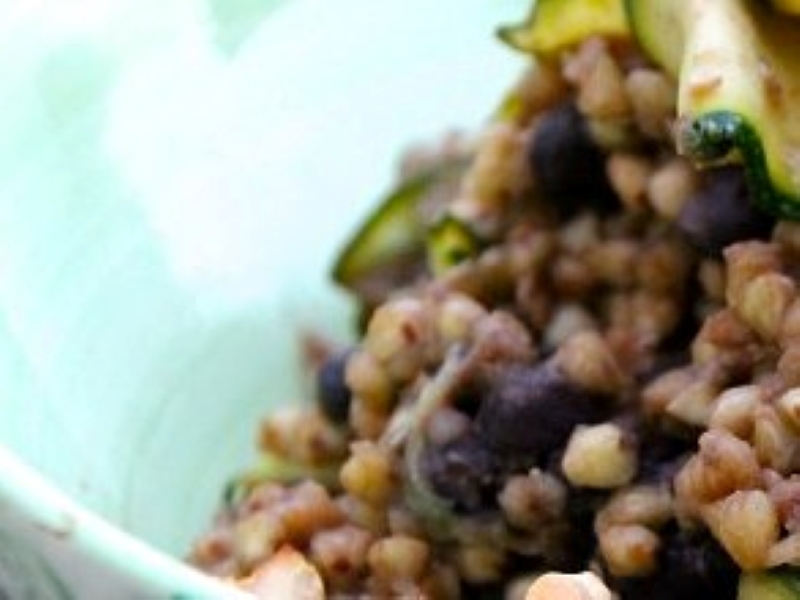
Soba Miso
Also known as Buckwheat Miso. A miso variety that combines buckwheat and wheat during the fermentation process, which is rather uncommon but still prepared customarily. The flavor is powerful and distinct, and anyone who has had soba noodles or other buckwheat products will recognize it.
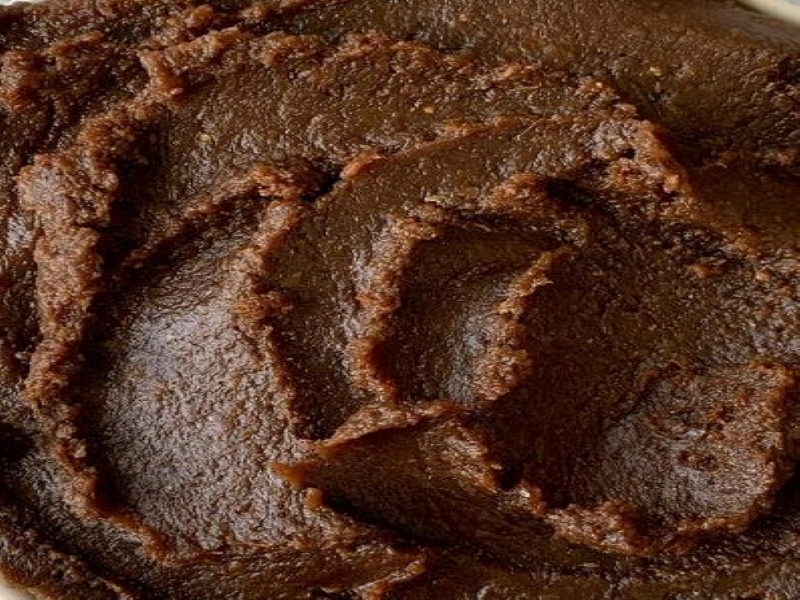
Taima Miso
Also called Hempseed miso. This type of miso is a regular miso with hemp seeds added during the fermentation process, giving it a distinct hemp flavor and aroma. While hemp has long been a popular crop in Japan, this type appears to be more popular with specialty miso producers in the United States.

Kome Miso
One of the most common white rice miso paste is Kome miso. It comes in different colors such as, white, yellow, and red. Kome miso comes in a variety of strengths and sweetness levels as well, with differences as minor as whether the soybeans in the paste were boiled or steamed. Most misos sold in supermarkets in the United States are kome misos. Kome miso is particularly popular in Japan’s Kinki and Hokuriku areas, as well as the country’s eastern regions.
Nutritional Benefits Of Miso
Some research have questioned claims that miso is high in vitamin B12.
Miso, according to some experts, is a source of Lactobacillus acidophilus, probiotics. Miso is has remarkably high salt content, which could lead to increased blood pressure in the small percentage of the population with sodium-sensitive prehypertension or hypertension. But, a lot of studies claimed using salt-sensitive hypertensive models and analyzing long-term intake have suggested that miso actually lessens the effects of salt on blood pressure.
Miso Usage
Miso is used in various Japanese dishes. It is most typically found as the key component in miso soup, which is consumed on a regular basis by a large portion of the Japanese population. The combination of plain rice and miso soup is regarded as a staple of Japanese cuisine. A traditional Japanese breakfast is built around this pairing.
Miso is also used in a variety of other soups and soup-like foods, such as nabe, ramen, udon, and imoni. Miso-based meals have a richer, earthier flavor and scent than non-miso-based Japanese soups.
Many traditional Japanese desserts, such as mochi and dango, have a sweet, thick miso glaze. Miso-glazed sweets are prominent at Japanese festivals, but they’re also available year-round at shops. Miso glaze comes in a variety of thicknesses, from thick and taffy-like to thin and runny.
How To Make Miso
Ingredients
- Sea salt (fine)
- Soybeans (organic)
- Rice koji (steamed rice)
- Water (filtered)
Instructions
- Soak the soybeans first for at least 18 hours before using them. Soaking the soybeans ensures that they are cooked all the way through.
- Next, pressure cook or boil the soybeans until they are soft enough to crush with your fingers.
- Then, one at a time, mash a little amount of hot soybeans to ensure that they are crushed to a uniform consistency. If you have a food processor, you can use it to speed things up.
- When you combine the mashed soybeans with the koji and salt mixture, they must be warm or at room temperature. Knead thoroughly to evenly distribute the koji and ensure proper fermentation.
- To remove any air pockets, pack the soybeans in a jar by pushing down each ball of the mixture as hard as possible. This will keep mold from growing.

